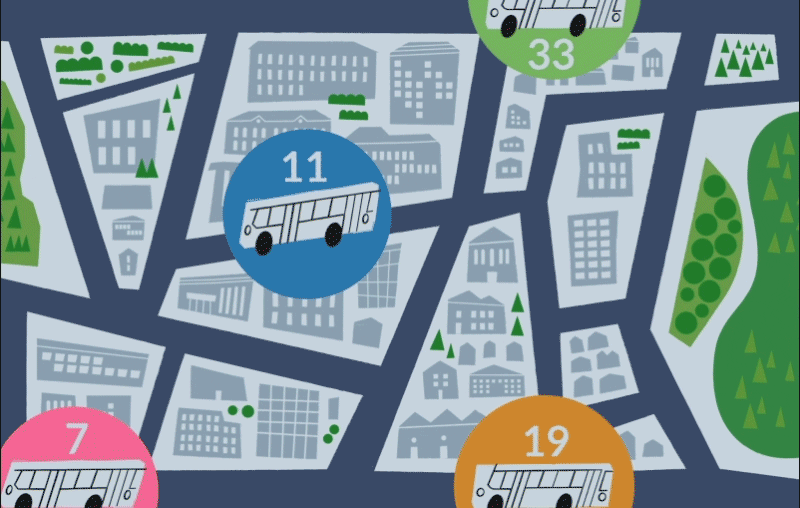
Researchers from the University of Saskatchewan, in collaboration with City of Saskatoon staff, have been awarded $20,000 in grants to develop a more responsive and reliable transit system.
Dr. Debajyoti Mondal, an assistant professor in the department of computer science, and Jim McDonald, director of transit for the City of Saskatoon, are leading the project, which aims to develop fast and reliable algorithms that will provide more accurate real-time transit information.
“Riders are moving from places to other places for various reasons, and without data technology and processing, it is impossible to understand how these dynamic changes are happening all across the city,” Mondal said.
The project, which began in early September, will run until December 2022 and aims to address issues relating to resource allocation by using models — abstract mathematical representations of real-life situations — to predict ridership and visualize hidden patterns of transit demand in an effort to better utilize bus capacities.
“If you run an empty bus continuously, it is a waste of resources and it is not environmentally friendly,” Mondal said.
“You could utilize that bus somewhere else to provide better service.”
Hundreds of passengers rely on Saskatoon’s transit system every day, with an estimated seven million rides in 2020 alone. Mondal says that with so many passengers, millions of data points are being generated constantly, which can take hours to process.
Without frequently updated data, it is difficult for transit planners to determine ridership and gauge the efficiency of the transit system.
“Our current model we are planning will allow us to stream the data, and the processing will be continuous, so that every time a new data point comes in, the output will be updated in a few seconds,” Mondal said.
Massive ridership databases pose several technological challenges to transit analysis. However, the model proposed by Mondal aims to simplify data collection and visualization through parallel processing, a computational method that uses multiple processing units to reduce the time required to sort through large amounts of data.
“We want to leverage this parallel processing idea so that we can stream the data in real time and process it parallel in a state of the model that actually looks at the whole data,” Mondal said.
With access to a quickly updated knowledge base of ridership analytics, transit planners will be able to better understand riders’ priorities. Algorithms and computing technologies will then be used to create a system for enhanced transit planning.
According to Mondal, this project will no doubt have a major impact on students, who constitute at least 17 per cent of Saskatoon Tranit’s ridership.
Mondal suggests that students’ decisions to rent in particular neighbourhoods are often influenced by bus routes, suggesting that the transit system affects our everyday lives, whether it be where we choose to live or work.
“Everything is connected,” Mondal said.
“Anything that comes out of this project will be very important for planners to decide how to improve connections to the university.”
This is especially relevant for students who live in newly developed areas that do not yet have established bus routes. Mondal hopes that with enough real-time data, transit planners will be able to improve access to more cost-effective and reliable transportation in all parts of the city.
“This is an opportunity to explore and leverage the transit system and showcase the potential that we have by this joint academic-industry collaboration to improve city services.”
—
Jakob Philipchuk | Staff Writer
Graphic: Jaymie Stachyruk | Graphics Editor